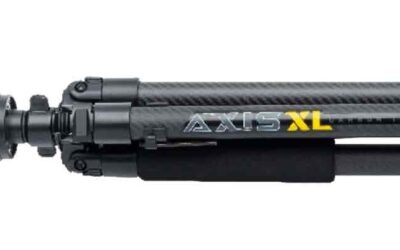Chances are you’ve heard of boat flag etiquette. Few outside of those who boat on a weekly basis understand the nuances of this unique form of communication.
If you are owning or renting a boat even for a day, you should be aware of what your boat’s flag means to those around you.
This is your guide to boat flag etiquette.
The Purpose of Boat Flag Etiquette
Flag etiquette on the water is necessary for several reasons. The underlying aim of the etiquette is to communicate with other vessels. Boat flags also help communicate with boating authorities.
Every boater should be aware that the failure to adhere to proper boat flag etiquette can lead to a fine.
What the National Ensign Means
The national ensign of the United States is a unique flag displayed to designate boats traveling within the nation or in nearby waters. The flag is considered to be honorable so be sure to treat it with respect.
When flying the national ensign, it is to take the senior position in the gaff. The ensign should be flown on the boat stern flagstaff if the boat lacks a gaff.
Above all, be aware that no flag can be flown at a height that surpasses that of the national ensign. Moreover, the hoisting of the jack and national ensign in unison breaks boat flag etiquette code.
In general, it is a bad idea to hoist the jack when the vessel is moving at a fast rate of speed toward the shore or anchored.
Minding Your Manners on the Water
Behaving in accordance with social norms is essential for success on and off the water. The boating community has agreed to norms pertaining to boat flags.
As an example, you’ll find boat flag norms and expectations are distinct by location. Boat flag etiquette in the United States is different from that in other countries.
Boat flag size is of particular importance. The average boat flag is sold in a group with standard sizes. The flag type determines size and display.
Those that are not national ensign flags, be it club burgees, private signals or courtesy flags must be ½ an inch for each foot per the tallest mast.
In contrast, national ensign flags must be one inch for every foot in length. This means a boat that is 30 feet will require an ensign of 30 inches and so on.
The national ensign should be displayed an inch on the fly for every foot of vessel length.
Boat Flag Guidance
Whether you are boating in or near the United States or other waters, be aware that a boat without a mast should have a courtesy flag at a bare minimum. The point of a courtesy flag is to replace flags presented along the vessel’s bow.
If your boat has a mast with a spread, the starboard spreader is used for presentation.
If the flag is weathered, ripped or in poor condition, do not present it on the vessel. If you were to hit the water with a compromised flag, it would be taken as a sign of disrespect.
Those who venture toward other nations should be aware that the same mast to present the national ensign and courtesy flag should not be used in international waters. Doing so communicates aggression toward the foreign nation’s sovereignty.
When in doubt, display the flag of the closest nation as a courtesy.
Lotz is for Boaters
If you own a boat or plan on renting one, shop Lotz. Sign up today by clicking the blue button in the bottom right corner of the screen to receive 5% off your purchases.




0 Comments